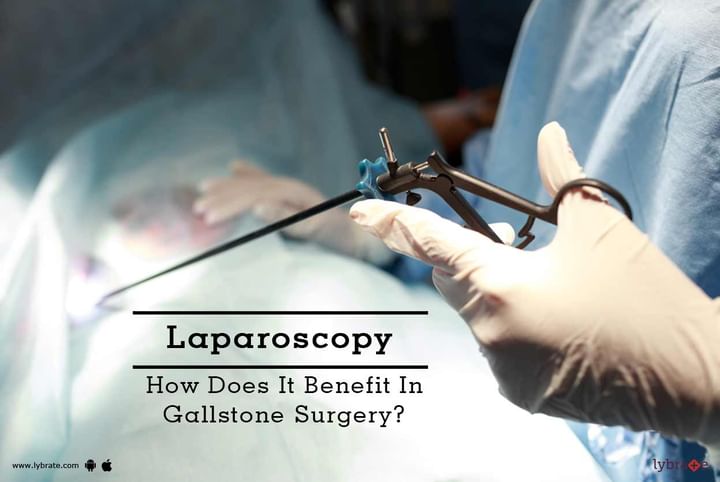Laparoscopy - How Does It Benefit In Gallstone Surgery?
Gallstones are a medical condition in which stones develop in the bile duct or the gallbladder. Most gallstones are a combination of cholesterol, calcium, and bile salts/bile pigments. One of the factors responsible for the formation of gallstones is an elevated excretion of cholesterol by the liver, most of which remains undissolved by the bile. The undissolved cholesterol may crystallize resulting in the formation of gallstones (yellow cholesterol stones, a condition termed as Cholesterol Gallstones).
In some cases, increased level of bilirubin in the bile (triggered by a liver problem, liver damage or other medical conditions), which doesn't undergo a breakdown, may lead to stone formation (known as Pigment Gallstones). Here, the stones appear black or dark brown in color.
Gallstones are more common among women than men, especially those who are 40 years and more. Obesity, diabetes, liver disorders, unhealthy diet (rich in fats and cholesterol), certain medications (those containing estrogen) can also trigger the formation of gallstones. There is a strong genetic and racial predisposition towards gallstone developement in Indians. Gallstones left untreated and unattended can give rise to serious complications such as blockage of the pancreatic duct (resulting in Pancreatitis) or the bile duct.
Stone slippage into the bile duct may lead to obstructive jaundice.There may also be inflammation of the gallbladder. Gallstones are one of the most common risk factor for the development of gall bladder cancer Laparoscopy to remove the gallstones There is no treatment option available for gallstone disease other than the surgical removal of gallbladder, also called cholecystectomy. This surgery may be done by open or laparoscopic method.
What makes laparoscopic surgery superior to open surgery is that it is minimally invasive with a better and quick recovery. Laparoscopic cholecystectomy involved the following steps. General anesthesia is given to the patients before the surgery. The surgeon makes 3-4 small incisions in the abdomen.
In the next step, the surgeon carefully inserts a laparoscope (a narrow and long tube that comes with a high-density light and a front camera with a high-resolution) through one of the incisions (usually the one close to the belly button) to aid in the surgery.
Next, the surgeon inserts the surgical instruments needed to get the gallbladder along with the gallstones, removed. Before the surgical removal of the gallstones and the gallbladder, an important X-ray of the bile duct called the Intraoperative Cholangiography (shows the bile duct anatomy) may be done, if it is suspected that stones have slipped into the bile duct.
Once the gallbladder with the stones is removed from the body, the laparoscope and the surgical instruments are then removed and the incisions stitched carefully. The gallbladder is known to store the bile pigment. With the removal of the gallbladder, there is a small rearrangement.
The bile duct may dilate slightly, taking over some of this storage function of the gallbladder. By and large to removal of a diseased gallbladder containing stones does not affect the digestive functioning of the body. The patients may require to stay 1-2 days in the hospital. The patient is expected to be in a better shape (less discomfort, less pain, better cosmetic results) after laparoscopy than open surgery.



+1.svg)
